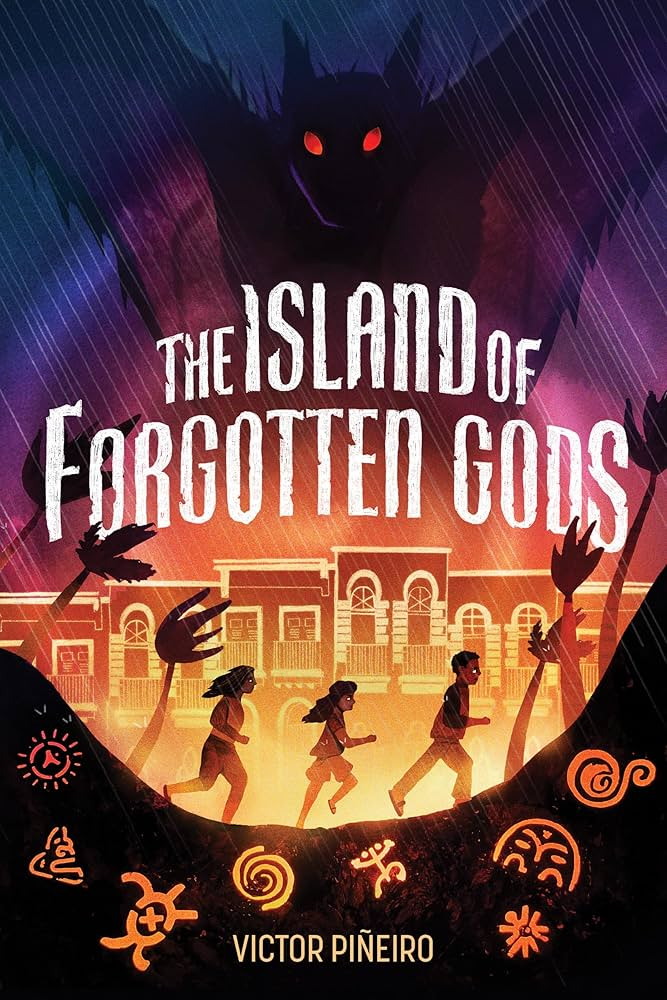Alison Green Myers has given educators a true gift with This Way to Happy. A beautifully written, emotionally honest middle grade novel that tenderly explores grief, healing, friendship, and the everyday bravery of moving forward. For any classroom looking to create space for social-emotional growth, empathy, and meaningful discussion, this is a book that needs to be on your shelves.
📖 Synopsis (No Spoilers)
Twelve-year-old Lark is trying to find her way through a world that looks completely different after her brother’s death. Sent to live with her grandmother for the summer, she becomes entwined with a local summer camp, a horse named Happy, and new friendships that slowly chip away at the grief that’s kept her stuck. As Lark begins to find peace in unexpected places, she also learns to believe in joy again.....without letting go of what she’s lost.
💡 Why This Book Belongs in Middle Grade Classrooms
-
Supports Social-Emotional Learning
Grief is not often openly discussed in school settings—but it should be. Lark’s journey gives students permission to explore big feelings, ask questions, and see that healing doesn’t mean forgetting. -
Encourages Empathy and Compassion
The characters in this novel model empathy, listening, and support in ways that resonate deeply with kids navigating their own complicated worlds. -
Lush, Accessible Writing
Myers’ prose is lyrical but never overcomplicated. It’s the kind of writing that invites students to pause, reflect, and see beauty in small things—perfect for modeling descriptive writing and mood. -
Addresses Neurodivergence and Different Learning Styles
Without being the focus, this book gently reflects the spectrum of how kids process grief, relationships, and communication—offering validation and representation.
🧠 Classroom Activities & Teaching Ideas
-
Journaling Through Grief: Have students write letters to someone they miss, or to their “past self,” just like Lark’s reflections. Great for SEL and building emotional awareness.
-
Nature + Emotions Walk: Like Lark finds peace in the natural world, lead a sensory-focused outdoor walk followed by reflective writing.
-
Character Growth Mapping: Create a character arc chart showing Lark’s emotional growth. Pair this with text evidence to strengthen reading comprehension skills.
-
Poetry of Place: Use the novel’s nature-rich setting as a springboard for students to write poems based on places that bring them peace.
-
Book Club or Literature Circles: Encourage small-group discussions around topics like grief, change, new friendships, and what “happy” really means.
❤️ Life Lessons Students Will Take Away
-
It’s okay not to be okay all the time.
-
Grief can look different for everyone.
-
Joy can live alongside sadness.
-
Friendships, animals, and nature can be powerful healers.
-
Sometimes, we have to lose something to find something new in ourselves.
📚 Read-Alike Titles for Fans Of…
If your students loved any of these, This Way to Happy will feel like a natural next read:
-
The Thing About Jellyfish by Ali Benjamin
-
When You Trap a Tiger by Tae Keller
-
A Work in Progress by Jarrett Lerner
-
The Remarkable Journey of Coyote Sunrise by Dan Gemeinhart
-
Each Kindness by Jacqueline Woodson (for younger readers—great paired theme discussion)
✏️ Final Thoughts
This Way to Happy isn’t just a story—it’s a mirror for some students, a window for others, and a lighthouse for anyone navigating hard emotions. It gently reminds us that healing is messy, that connection matters, and that happiness isn’t a destination—it’s found in the quiet, everyday moments we choose to embrace.
Make space for this book in your classroom this year—you’ll be giving your students far more than just a great story.
Alison Green Myers is a passionate educator, novelist, and speaker. As the program director at the Highlights Foundation, Alison supports storytellers with fellowships and care throughout their careers. Alison is the author of the Schneider Family Award-winning A Bird Will Soar and the forthcoming This Way to Happy. A National Writing Fellow and teaching artist with Bethel Woods' educational programs, Alison is always happy to spend time in the company of curious kids! Alison lives in the woods of Pennsylvania with two extraordinary humans and two dear dogs.



















